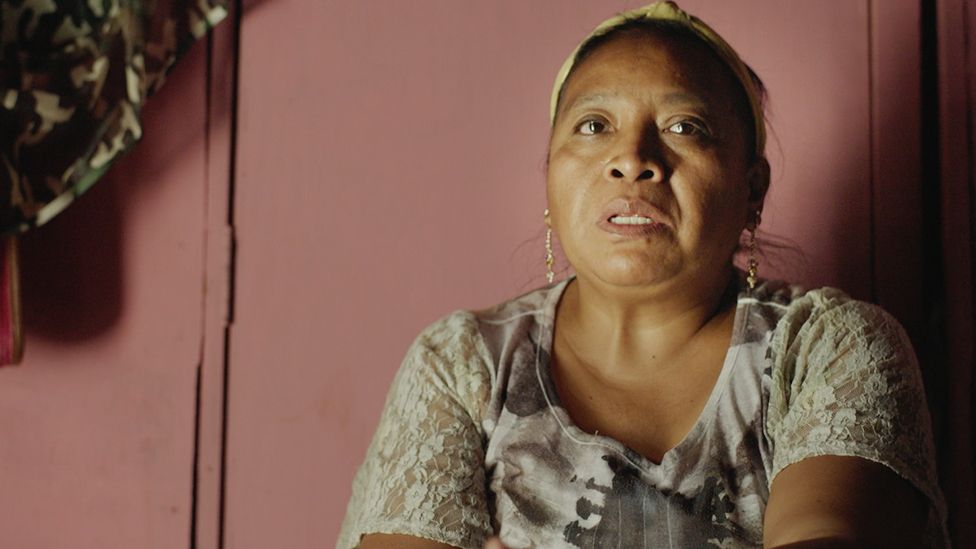-

-
-
Loading

Loading

After almost ten years, families in Mexico are still desperate for answers about the disappearance of 43 students. The country's drug war has resulted in the vanishing of over 110,000 individuals, making it difficult to uncover the truth. Luz María Telumbre, whose son Christian disappeared, expresses the ongoing pain of not knowing his whereabouts. Although they only have a small bone fragment as evidence, Christian's family continues to hold hope for a future reunion. The students vanished on 26 September 2014 while en route to a protest in Mexico City. As they left the city of Iguala on buses they had commandeered, they encountered roadblocks and gunfire, leading to their disappearance. The initial investigation, carried out by Mexico's attorney general and the chief of the Criminal Investigation Agency, claimed to have uncovered "the historical truth" behind the case. According to their findings, corrupt police, in collaboration with a local drug cartel called Guerreros Unidos, had abducted and killed the students. The cartel then allegedly incinerated their bodies at a dump site and threw the ashes into the San Juan river. However, independent forensic experts cast doubt on the investigation's conclusions, highlighting inconsistencies and evidence that hadn't been taken into account. The families were outraged that their loved ones were considered dead without concrete evidence. This dissatisfaction eventually led to the appointment of Omar Gómez Trejo, a human rights lawyer, to head a new investigation in 2019. Gómez Trejo's inquiry uncovered numerous videos of unlawful interrogations during the original investigation, raising allegations of torture and obstruction of justice against the investigators. Yet before he could be apprehended, one of the chief investigators, Tomás Zerón, fled to Israel. He denies claims of torture and any involvement in the students' disappearance. With evidence from tapped telephone calls and the drug cartel's case file, Gómez Trejo's team uncovered collusion between certain authorities, including federal forces, and the Guerreros Unidos cartel. The army, which had been monitoring the cartel's communication and was aware of the events that transpired, did not intervene to rescue the missing students. However, the army has not fully cooperated with the investigation. The case took a turn when arrest warrants were issued for the former attorney general and others involved; however, many warrants were later withdrawn. Facing pressure and a changing investigative landscape, Gómez Trejo resigned from his role. Although some warrants have since been reinstated, there have been no convictions relating to the disappearance of the 43 students. Despite the challenges and lack of closure, families of the missing students refuse to give up. They continue their search for justice and the remains of their loved ones, underscoring the urgent need for change in Mexico. The drug war continues to claim victims, and families, armed with shovels and picks, comb through the land in hopes of finding their missing family members.